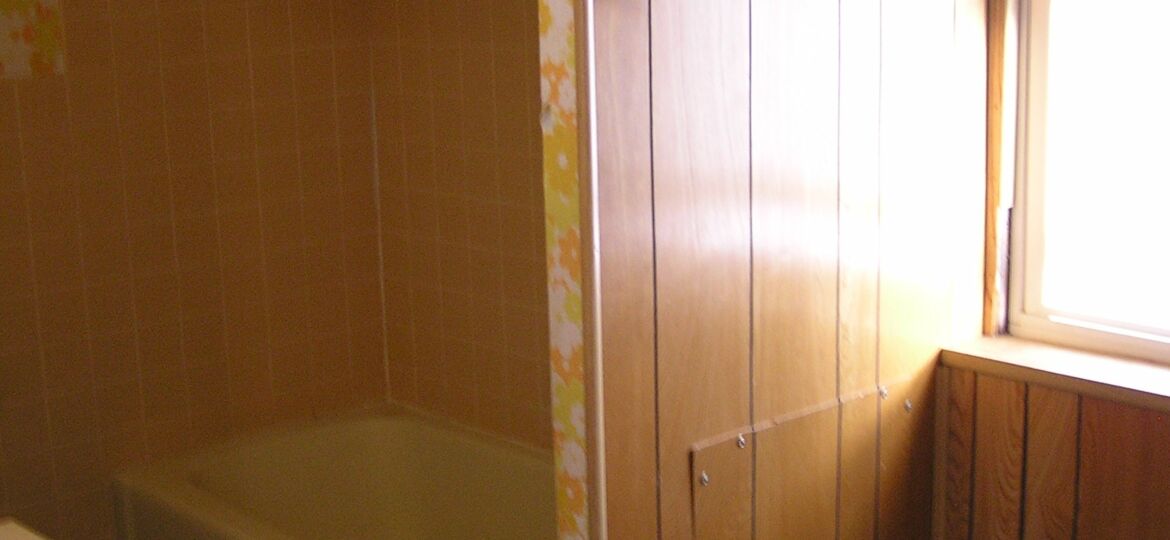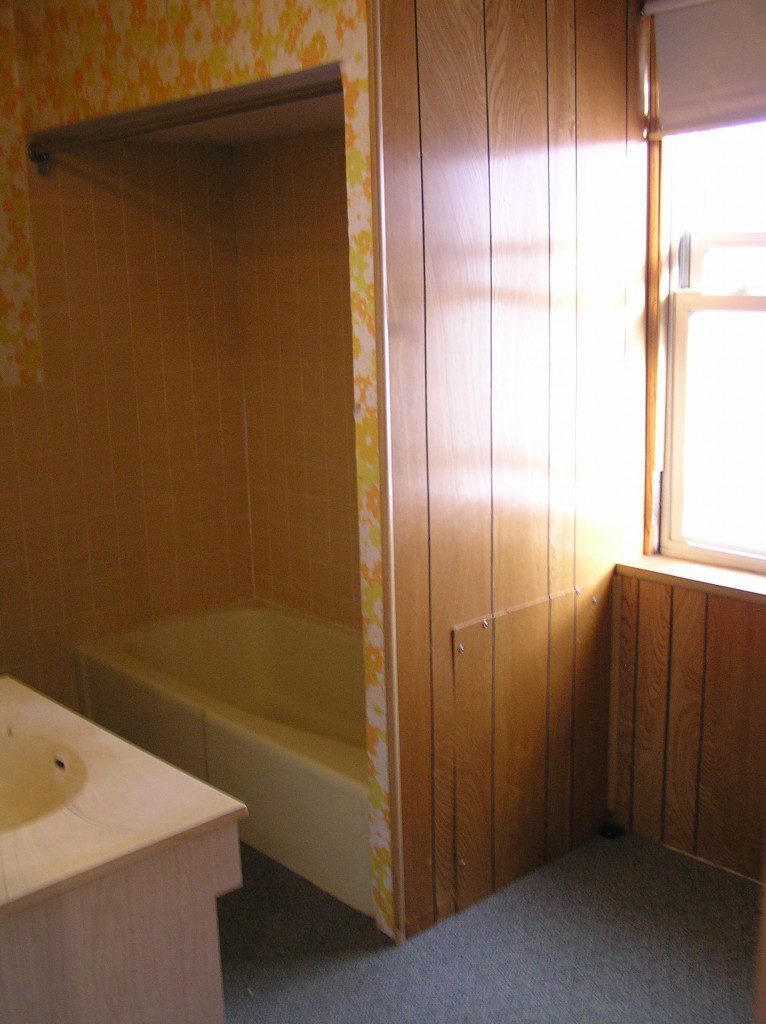
Bathroom mold question: OK, statement first…We’re clean people…really. But we have mold in our shower grout that just won’t quit. We’ve even had the tile sealed—twice!!!! The guy I called says to remove all the grout and put in new grout. Seriously? Can it be that bad? –Claire, South Carolina

Answer: Claire–Bathroom mold is vexing and while it can be caused by a lot of things, it’s preventable. Let’s get back to that in a minute.
First, I hear your frustration. Second, there’s kind of a point of no return once the mold gets into the grout. Third, it often doesn’t matter how ‘clean’ you keep your bathroom. Let’s break it down.
It sounds like you’ve got mold that’s gotten into both the grout and whatever sealer was used. And I bet you’ve tried just about everything to clean it and find yourself at your wits’ end.
If you’ve passed the point of no return, first thing to do is hook up with a reputable contractor if you’re not going to DIY this. Understand that the risk of removing grout that’s stained with bathroom mold is that you risk scratched or broken tile. If it’s in the budget, you’d probably be better off re-tiling. If you can’t re-tile, removing the grout is extremely laborious and dusty, risky, and not cheap anyway so really give it some thought.
After the grout is replaced, seal it. I’m not sure how one can screw up sealing tile, but this is where the reputable contractor comes in.
Phase Two of this process is preventing the mold from returning and your best defense against bathroom mold is your exhaust fan. Let’s break that down:
Exhaust Fan. Exhaust fans are notorious for being undersized by builders and DIYers. They’re often not hooked up (Maaaaan that runs quietly…) And the stories of clogged vents venture toward the extra-gross.
So, to determine if the fan you have works, use the Mike Holmes tissue trick. Turn on the fan and hold a tissue up to it. If the tissue moves, the fan is moving air. Next, figure out if it’s sized properly for the space: I checked with our friends from Air King to verify this and trust the source. Here’s how you find out: Every bathroom exhaust fan should have it’s model number stamped inside the unit. You may have to clean schmutz off, but it should be there. Find it, Google it and check if it is large enough for the room it’s in. If not, replace it. (By ‘large enough’ I mean check the CFM rating. It should correspond to a certain room area in the unit’s specs. I know, a little Sherl-Mike Holmes here).
Vent it. Check that it vents outside. The attic, to be painfully blunt, is not ‘outside’. Also check that the exhaust pipe is clear. If not, repair it. If you have an attic above the bathroom you may be able to see this easily.
Run it. Next, use it. Correctly. Why? A huge source of mold is steam liquifying after your shower and settling on surfaces where it then starts eating the left over soap and organic stuff and taking hold and working its way into nooks and crannies like some renegade bio-program from the Matrix. Run the fan 10-15 minutes after you shower to exhaust the steam. A timer works best to keep it from running all day.
Keeping your shower clean helps too, but mold needs three things to grow: Moisture, the right temperature, and a food source (like soap). Remove one (moisture with the fan) and it can’t grow.
Please let us know how it turns out.






We’ve been stumbling around the internet and found your blog along the way.
We love your work! What a great corner of the internet 🙂